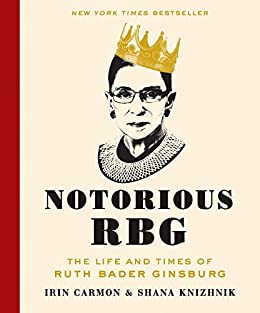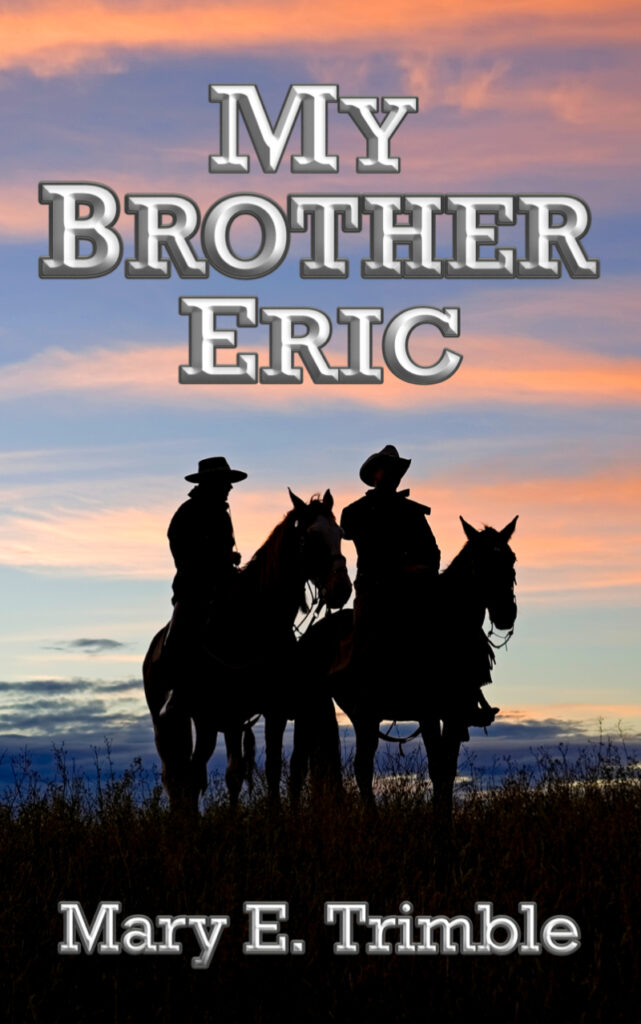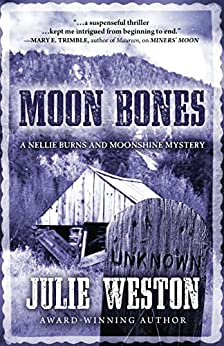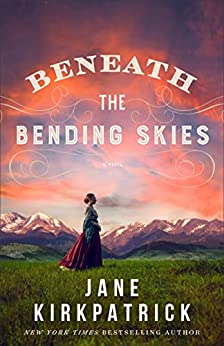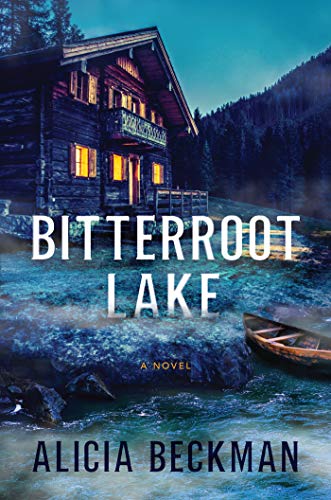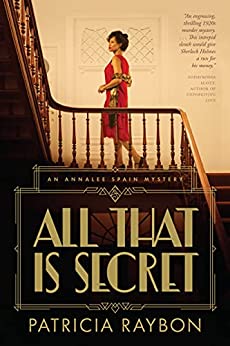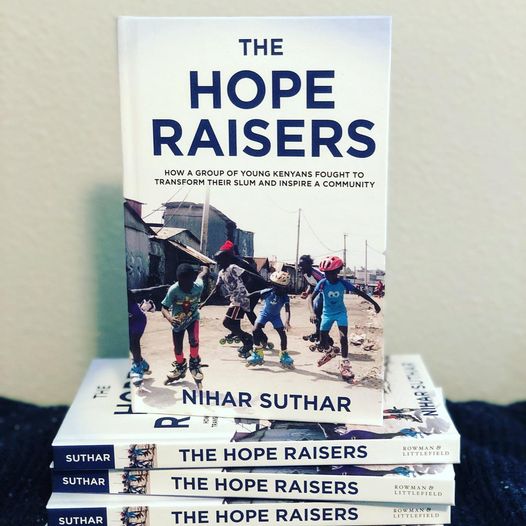
The Hope Raisers: How a Group of Young Kenyans Fought to Transform Their Slum and Inspire a Community by Nihar Suthar, is an eye-opening account of determination to effect change in one of the largest slum neighborhoods of Nairobi, Kenya.
Korogocho, home to about 200,000 pressed into 1.5 square kilometers, is known for its extreme poverty, food and water shortages, and rampant pollution. Children and adults daily pick through trash at the huge Dandora dumpsite hoping to find food for their families, or recyclables they can resell. It is a village where gang violence prevails, where poverty and scant education make it almost impossible for young people to find a way toward a better future.
Out of this poverty, three teens decided to make changes in their community, changes that would bring hope and inspire young people to make more of their lives. Daniel Onyango created a band, a musical group called the Hope Raisers, to inspire the kids of Korogocho. He was quickly joined by his friend, Mutura Kuria. They began teaching children how to express themselves through art and music.
After finding a pair of discarded rollerblades in the dump, the teens learned that the strange-looking roller skates were used in competition. They scrapped together more pairs of rollerblades, cobbling together parts to make useable pairs. Sometimes they stuffed rags into the toes of the rollerblade shoes so that the smaller children could skate.
In the meantime, streets around Korogocho were paved, a ridiculous expense since no one had a car, or even a motorcycle. The boys organized play times practicing on the unused paved streets. They formed regular practice hours and took the sport seriously. In order to participate, children had to attend school, thus assuring that children were bettering themselves in more than a sport. The leaders sought donations and applied for grants enabling them to purchase equipment and compete in organized contests.
Lucy Achieng, a young girl who refused to fall victim to an early marriage, tried this new sport and found her talent. She helped others achieve success at competitions. They gradually worked their way toward participating in Roller Games World Championship in China.
The Hope Raisers is an inspiring account of how a few people can effect change in an impoverished community. These three young Kenyans were determined to make a difference, to raise their village from the slums, and to pave the way toward achieving a better future.




